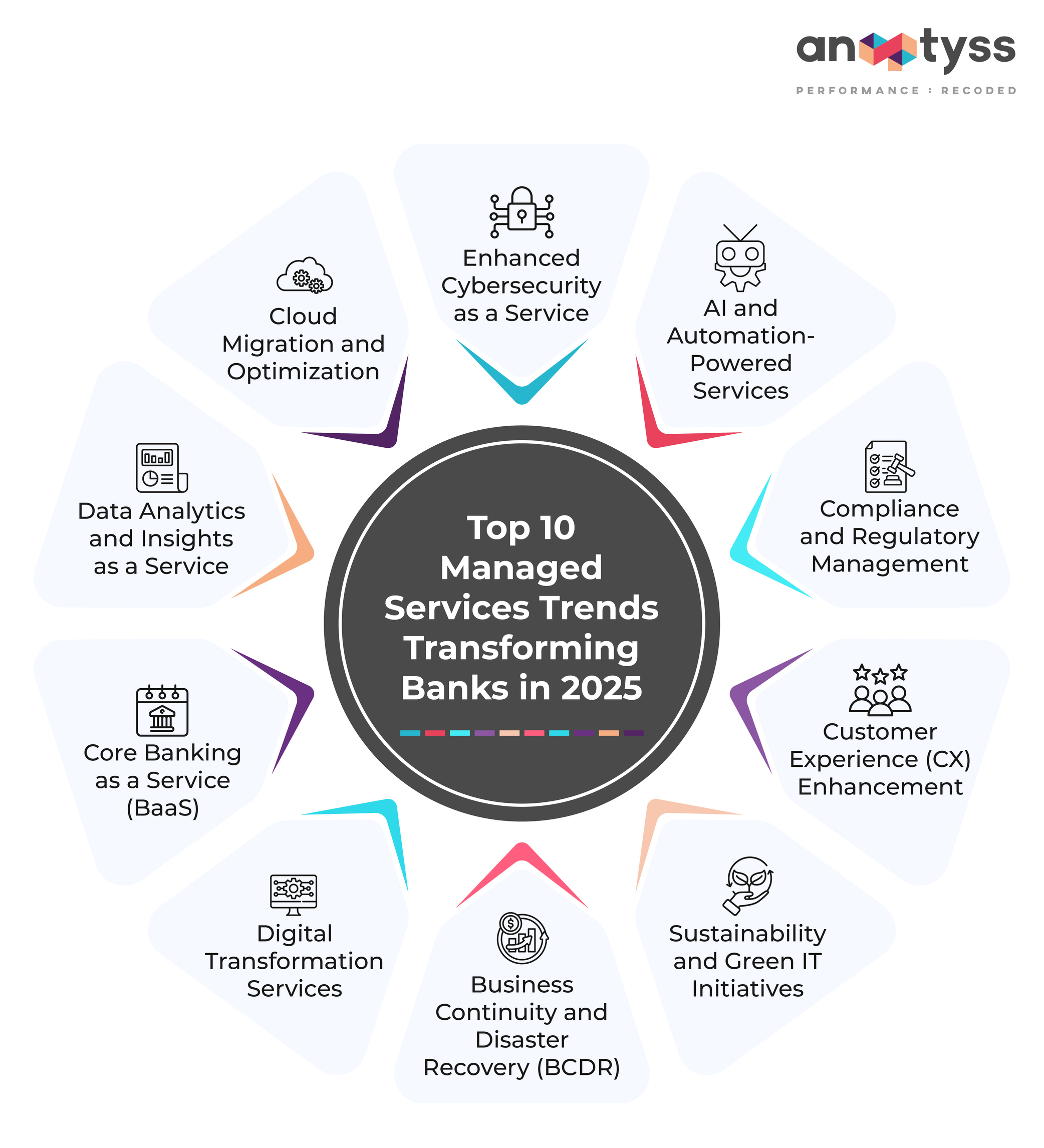In today's competitive financial landscape, data analytics is revolutionizing commercial lending by offering deeper insights, enhancing decision-making, and improving customer experiences. This blog explores the top 10 use cases of data analytics in commercial lending, highlighting its role in risk assessment, fraud prevention, customer retention, and more.
In today’s competitive financial services landscape, commercial lenders increasingly turn to data analytics to understand their customers, prevent financial fraud, and enhance their decision-making processes. The reason is the sheer volume of data generated by the financial services industry on a daily basis.
According to reports, the global banking industry generates 2.5 quintillion bytes of structured and unstructured data every day. By 2025, the volume of data generated by the banking industry is expected to reach 463 zettabytes.
This is where data analytics comes in. Driven by advancements in big data, machine learning, and artificial intelligence (AI), data analytics plays a critical role in commercial lending. It can provide actionable insights to lenders, helping them improve efficiencies, mitigate risks, and ensure compliance.
As per reports, 73% of banks currently use data analytics, and 60% of banks think that over the next five years, data analytics will be the main source of innovation in the banking sector.
In this blog, we’ll explore the top 10 use cases of data analytics in commercial lending. We will also highlight the latest trends, statistics, and best practices used in the industry.

1. Credit Risk Assessment
Credit risk assessment is the backbone of commercial lending that can significantly impact lenders’ portfolios and profitability as it can influence the collection cost and disrupt cash flows. Traditionally, credit risk models rely heavily on
- Historical financial statements
- Credit scores
- Qualitative judgment
However, credit risk analytics has transformed the approach. With credit risk analytics, lenders can turn historical and forecast data into actionable insights and assess risk before making lending and account management decisions.
Using technologies such as OCR and workflow automation, lenders can take or extract relevant financial data points from documents such as income tax returns, financial statements, related documents, and various other sources, such as social media, transaction histories, and market conditions to provide a snapshot view of the borrower’s financial health.
It helps them analyze and turn the historical and forecast data into actionable insights.
For instance, JP Morgan Chase uses big data to analyze customer transactions, combining this with other data sources to gain insights into creditworthiness and potential opportunities for selling financial products. The bank also employs predictive analytics to manage working capital and cash forecasting for its clients.
2. Customer Segmentation and Personalization
Customer segmentation is a process of dividing and grouping customers who exhibit similar attributes or based on shared characteristics, behavior, and preferences.
For instance, data analytics enables lenders to segment their customer base into distinct groups based on various factors to retain customers and reduce churn rates, such as
- Industry
- Revenue size
- Geography
- Purchase history
- Credit history
- Financial behavior and health
Then comes personalization where lenders can address the customer’s challenges, needs, and wants by tailoring their products, services, and experiences to individual customers – basis their unique attributes or characteristics and behavior.
Lenders can increase customer engagement, loyalty, and lifetime value by understanding the unique needs and preferences of various consumer segments or demographics.
Firms that leverage customer analytics intensively are 2.6 times more likely to have a higher ROI compared to their competitors –McKinsey.
Also, Wells Fargo has embraced big data analytics to optimize its business operations, particularly in customer segmentation and personalization.
3. Loan Pricing Optimization
Loan pricing optimization is crucial for banks and other financial institutions, which can impact their profitability and risk management. With real-time data analysis, lenders can adjust pricing dynamically based on market fluctuations and borrower risk. Lenders can also identify new market niches or high-growth areas by analyzing customer preferences, demographic changes, and market trends.
Besides, accurate loan pricing is essential for maintaining profitability while remaining competitive.
Data analytics allows lenders to consider a wide range of factors to optimize pricing strategies. These include:
- Market conditions
- Risk profiles
- Customer behavior
4. Fraud Detection and Prevention
It is estimated that banks and the financial services industry across the globe are likely to lose more than $40 billion by 2027 due to fraud and financial crime -as per ACI Worldwide Report.
Instances of financial fraud are increasing year over year. It is a significant concern in commercial lending, with potential losses running into millions of dollars. With data analytics (fraud analytics), lenders can analyze patterns of suspicious behavior or activities and help detect and mitigate fraudulent activities in real-time.
For instance, American Express utilizes big data to enhance its fraud detection capabilities. The company’s Enhanced Authorization (EA) tool cross-references transaction data with additional information (e.g., email, IP address) to verify the identity of the transaction initiator in real-time.
It also helps predict future fraudulent behavior and enables them to protect their customer’s data and finances against fraud more effectively.
According to the ACFE’s Occupational Fraud 2022, organizations that utilize proactive data analytics as an anti-fraud control incur fraud losses that are 47% lower than organizations that do not use data analytics to combat fraud.
5. Loan Portfolio Management
Effective loan portfolio management is critical for balancing risk and return. More than 60% of financial institutions have increased their use of new types of data and advanced analytical techniques, such as machine learning, for credit portfolio management over the past two years. Furthermore, over 75% expect these trends to continue in the next two years – McKinsey.
Lenders are increasingly using predictive analytics to forecast portfolio performance under various economic scenarios. This enables them to proactively manage risk.
Data analytics also provides lenders with insights into the performance of their loan portfolios. This helps them make informed decisions on portfolio rebalancing, diversification, and risk mitigation.
6. Regulatory Compliance
Regulatory compliance in commercial lending is complex and time-consuming. In 2021, the global banking industry paid $32.3 billion in fines for regulatory violations.
Data analytics involves processing and interpreting unprocessed data to get insightful information. By doing so, lenders can identify patterns, trends, and correlations that could otherwise go unnoticed.
Data analytics simplifies this process by automating the collection, analysis, and reporting of regulatory data, ensuring that lenders meet all necessary requirements.
RegTech or Regulatory Technology, a part of FinTech, is gaining traction with analytics-driven compliance tools helping lenders to stay ahead of regulatory changes more efficiently and cost-effectively.
7. Loan Underwriting
Loan underwriting is a critical step in the lending process. Underwriting may take anywhere from a few days to weeks or even months in some cases.
However, borrowers today want quick turnaround time and secure property faster, which is possible only when the financial institutions can swiftly process the applications and respond in time.
Data analytics helps lenders evaluate a borrower’s ability to repay a loan much faster. Data analytics enhances underwriting by incorporating a broader range of data points, including alternative data sources such as cash flow analysis and market trends. Further, by deploying AI and machine learning models for advanced data analytics, lenders can automate underwriting and reduce the time and cost associated with manual underwriting processes.
8. Early Warning Systems
Early warning systems are designed to identify potential loan defaults before they occur. Data analytics plays a crucial role in these systems by continuously monitoring borrower behavior and market conditions to detect signs of distress.
Predictive analytics models have become more sophisticated, and are capable of identifying potential risks months in advance, allowing lenders to take preventive measures.
For instance, Bank of America uses predictive analytics, a subset of data analytics, to determine which of its clients are most likely to experience loan default. Similarly, HSBC uses it to enhance its fraud detection systems – source.
9. Customer Retention
Retaining valuable customers is essential for long-term success in commercial lending.
Data analytics helps lenders identify customers who are most likely to leave and understand customer needs and preferences, allowing them to offer timely and relevant products that improve customer loyalty and retention.
Churn prediction models are being used to identify at-risk customers, enabling lenders to take proactive steps to retain them.
According to a study by Bain and Company, FinServs can see a 25% boost in profit with just a 5% increase in client retention.
10. Process Streamlining and Operational Efficiency
Operational efficiency is vital for reducing costs and improving the bottom line in commercial lending. Data analytics plays a significant role in streamlining various processes and improving operational efficiency, from loan origination to servicing, by automating routine tasks and optimizing workflows.
According to a report by McKinsey, financial institutions using advanced analytics to optimize their credit risk management have seen up to a 15-20% reduction in operating expenses.
It also provides insights into the system that helps identify bottlenecks and inefficiencies in processes and enables firms to make data-driven decisions for resource allocation, cost optimizations, and process improvements.
Research conducted by the Association for Financial Professionals found that banks may save an average of 20% on compliance costs by utilizing data analytics to enhance their compliance procedures.
Conclusion
Data analytics is transforming the commercial lending industry by providing deeper insights, which improve decision-making, deliver tailored products and services, and enhancing customer experiences.
In the coming years, we can anticipate even more innovative applications of data analytics in commercial lending, driven by advancements in AI, machine learning, and big data.
For lenders, the key to staying competitive will be their ability to harness these tools effectively and adapt to the rapidly changing financial landscape.
Partner with Anaptyss to leverage cutting-edge data analytics solutions tailored to your commercial lending needs, and stay ahead in the evolving financial ecosystem.
To transform data into insights and impactful decisions, reach us at info@anaptyss.com.


















